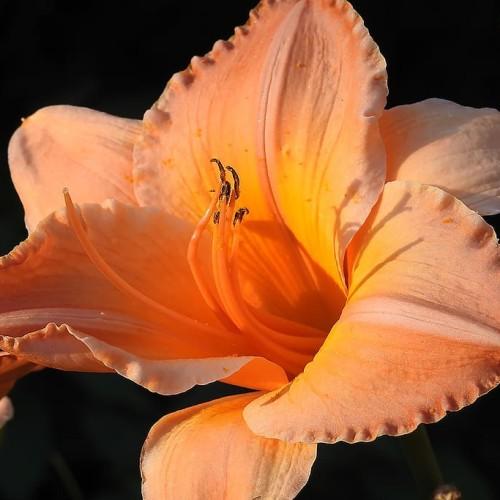
daylily
Hemerocallis 'Pink Tangerine'
Cycle:
Herbaceous Perennial
Watering:
Average
Hardiness Zone:
3 - 9
Flowers:
Flowers
Sun:
Full sun,part shade
Leaf:
Yes
Growth Rate:
Low
Maintenance:
Low
Drought Tolerant:
Yes
watering
Daylilies need to be watered deeply but infrequently. Water your Hemerocallis 'Pink Tangerine' twice per week during the growing season, spring through fall. In order to ensure that the plants receive enough water, soak the soil at the base of the plant to a depth of 6–8 inches. In mild climates, daylilies may need to be watered more often. On very hot days and during prolonged periods of dry weather you may need to water every other day. During the winter and wetter weather reduce watering to just once or twice a month.
sunlight
The daylily (Hemerocallis 'Pink Tangerine') plant species thrives best in full sun, requiring at least 6 hours of direct sunlight per day in order to grow and bloom at its best. When grown in an ideal location with full sun exposure, daylily plants will reward gardeners with earlier blooms and strong displays of colors that last through summer and deep into fall.
pruning
Daylily (Hemerocallis 'Pink Tangerine') should be pruned in late winter or early spring, before the weather starts to warm up. The old flower stalks should be cut off at the base, and any dead, damaged, or diseased foliage should also be removed. In addition, the clumps should be divided and thinned out to allow better air and sunlight circulation. This will help to promote healthy new growth and strong blooms. Cut off the old foliage when the new spring growth starts to appear.
